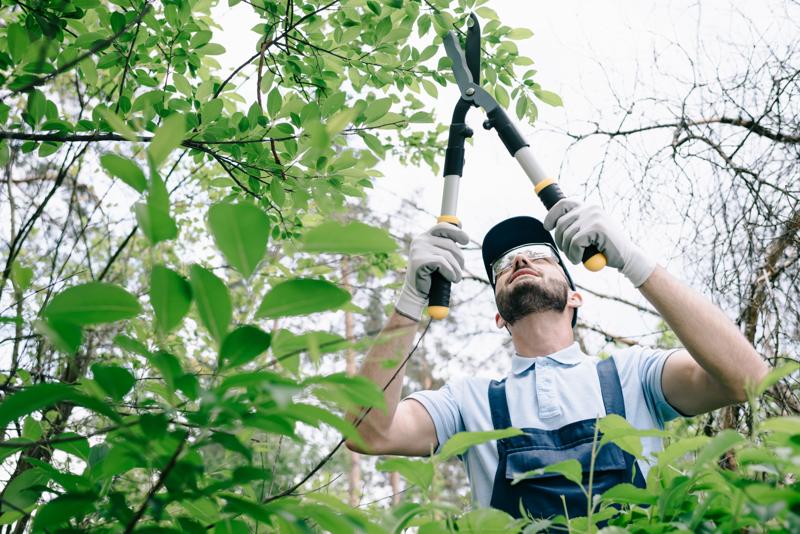Expert Help in Identifying Protected Trees within Sydney

Trees play an important part in the environment, providing shade, clean air, and aesthetic value to our surroundings. However they are not all identical and some are granted additional protection status, making it illegal to perform any activity without authorization. If you are considering having a tree removed it is crucial to be aware of the protection status of the tree you’re considering, and the steps you need to take to ensure compliance with the law. The following article we’ll walk you through the process of determining whether the tree is secured and the steps you have be doing to make sure you comply with the law.
What exactly is a tree that is protected?
A protected tree has been subjected to certain laws and regulations and it is unlawful to work on a protected tree without obtaining the necessary permissions. There are two types of protection that a tree could be protected by - statutory protection and preservation orders.
Statutory protection
As a matter of the law trees are protected under laws and subject to Tree Preservation Orders (TPOs). TPOs are enacted by local authorities in order to protect trees with a significant public value and ensure they are not destroyed or damaged.
Preservation orders
Preservation orders are like TPOs in that they are put in place through the secretary of state for the Environment. The trees that are protected by preservation orders are considered to have exceptional value and are shielded from any work, including the felling.
What can I do to determine if a tree is protected?
To determine if trees are protected, you need to determine if the tree is subject to the protection of a TPO or preservation order. This can be accomplished by contacting the municipal authority, and asking them to search their archives.
TPO search
To search for the TPO You can reach an Tree and Woodland officer of the local authority. They will be able to tell you whether the tree is in the protection. They’ll also be able advise you on the next steps to take if the tree is in a protected area.
Preservation order search
If you are looking for a preservation order you will need to contact the Secretary of State for the Environment. They will be able to inform you if the tree is protected and will provide the required information and guidelines.
FAQs:
What happens if I conduct work on a protected tree without permission?
If you carry out work on a protected tree without the appropriate authorizations, you could be subject to significant fines, and possibly even jail time.
Can I contest an TPO Or preservation or TPO?
Yes, you can appeal to a TPO or preservation decision if it’s not justifiable. However, you will need to prove your case and show your argument as to why the TPO or order to preserve is not necessary.
Can I remove a protected tree?
It is illegal to remove trees that are protected without the necessary permissions. If you require removal of the tree then you must seek permission from the council and provide the evidence needed to prove your case.
Conclusion
In conclusion, discovering whether trees are protected is a vital aspect in ensuring that any tree work legally completed. By understanding the different types of protection and the best way to check for them to ensure you are acting within the law and are protecting the trees that you are responsible for. If you’re unsure of the status of protection for the tree you are in charge of, we suggest seeking advice from an expert in tree care like Sydney Wide Tree Removal. Our arborists are experienced and will be able to inform you on the protection status of your trees and walk you through the required steps to ensure you are acting within the laws. With our experience and dedication to providing top-quality tree care, we can help you maintain the beauty and value of your trees. Call us now by phone at 1300 152 268 to schedule a consultation, and let us guide you on how to keep your trees protected and healthy.





















